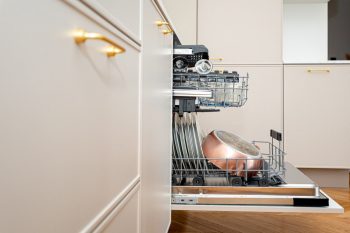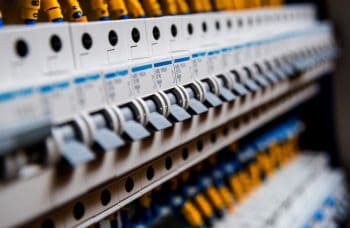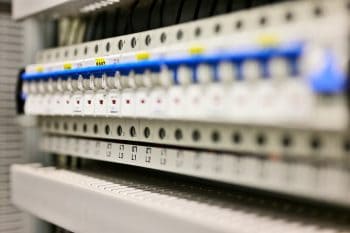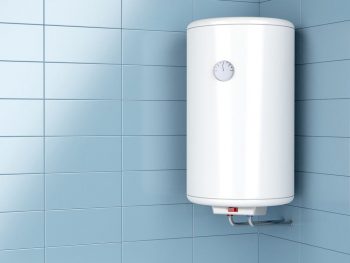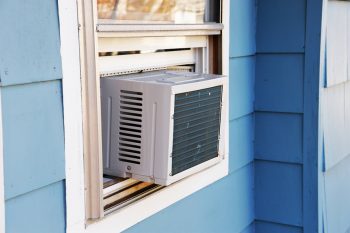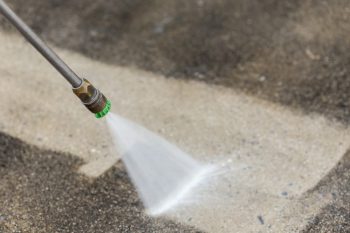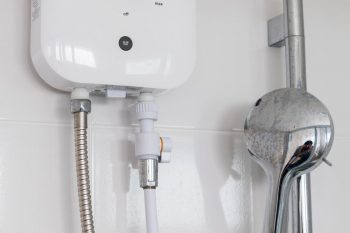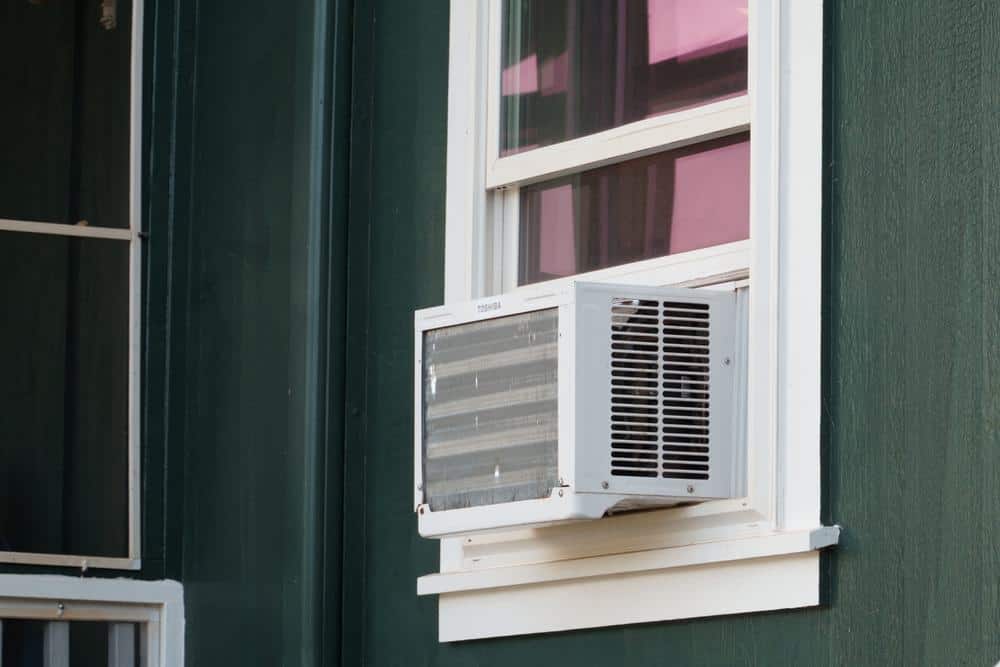
Running a window air conditioner efficiently is crucial for maintaining a comfortable indoor environment, reducing energy consumption, and lowering energy costs. Here’s an in-depth look at how to optimize your window air conditioner for peak performance.
Running a window air conditioner efficiently involves choosing the right size and capacity for your space, installing and positioning it correctly, and maintaining it regularly. It’s also essential to set the thermostat at an optimal temperature, use energy-efficient modes, optimize your home environment, and make use of energy-saving features. Avoid common mistakes such as not cleaning the coils, leaving windows open, and blocking air vents.
Choosing the Right Air Conditioner for Your Space
The efficiency of a window air conditioner significantly depends on its size and cooling capacity. An oversized unit will cycle on and off frequently, leading to increased wear and tear on the system and higher energy consumption. Conversely, an undersized air conditioner will struggle to cool the space effectively, resulting in inconsistent temperatures and higher energy bills.
A general rule of thumb suggests around 20 BTUs per square foot of space. However, it’s best to consult with a qualified HVAC professional who can conduct a load calculation. This calculation takes into account factors such as the square footage of your home, local climate, and energy efficiency.
Proper Installation and Positioning
The location of your air conditioner plays a critical role in its efficiency. Place the unit in a window that gets less direct sunlight during the hottest part of the day to reduce its workload. The recommended height for installation is 3-4 feet above the floor level, allowing for optimal airflow.
Make sure the unit is well supported and sealed to prevent air leakage. If possible, use fans to help distribute the cool air throughout the room, enhancing the efficiency of the air conditioner.
Regular Maintenance
Regular cleaning and maintenance can significantly improve the efficiency of your window air conditioner. This includes cleaning or replacing the air filter monthly, inspecting the unit for insect nests or other debris, cleaning the condenser coils once per season, and scheduling professional servicing at least once a year.
Thermostat Settings and Modes
The U.S. Department of Energy recommends setting your thermostat at 78°F (26°C) when you’re home. Using energy-efficient modes like the eco mode can help the unit consume less energy while maintaining the desired temperature. Avoid habits like setting the thermostat too low to cool the room faster, which can lead to higher energy consumption.
Optimizing Your Home Environment
Smart management of window coverings can reduce heat gain by up to 77%. Using insulated cellular shades or other energy-efficient window treatments can provide insulation and reduce heat gain. Keep doors and windows closed to prevent cool air from escaping and reduce the workload on your air conditioner.
Energy-Saving Features and Technologies
High-efficiency compressors and fans, variable speed compressors, and inverter technology can significantly enhance the efficiency of a window air conditioner. Look for features like energy-saver settings and lower Global Warming Potential (GWP) refrigerants. Some air conditioners also use heat pump technology, which is more energy-efficient than traditional window air conditioners.
Common Mistakes to Avoid
Common mistakes that decrease the efficiency of a window air conditioner include not cleaning the coils, leaving windows open, ignoring regular maintenance, blocking air vents, using the wrong size air conditioner, incorrectly positioning the thermostat, and not utilizing proper insulation. Avoid these mistakes to improve the efficiency of your window air conditioner.
By following these tips and guidelines, you can maximize the efficiency of your window air conditioner, reduce energy consumption, and maintain a comfortable indoor environment.
Frequently Asked Questions
What is the eco mode on my window air conditioner?
The eco mode, also known as energy-saving mode, is a setting on your air conditioner that reduces energy consumption. When this mode is selected, the air conditioner will adjust its cooling capacity according to the temperature in the room, thus saving energy.
How often should I replace the air filter on my window air conditioner?
It’s recommended to clean or replace the air filter on your window air conditioner once a month. However, it can vary depending on the usage and the air quality in your area. If the air is dusty or you use your air conditioner frequently, you might need to replace the filter more often.
How can I tell if my window air conditioner is the right size for my space?
A properly sized air conditioner should be able to cool your room efficiently without frequent cycling on and off. If your unit is constantly running or cycling on and off frequently, it might be too small or too large for your space respectively. It’s best to consult with a HVAC professional for an accurate load calculation.
What is a high-efficiency compressor in a window air conditioner?
A high-efficiency compressor in a window air conditioner is designed to operate more efficiently than standard compressors. This means it can cool your space effectively while consuming less energy, thus reducing your energy costs.
What should I do if I find insect nests or other debris in my window air conditioner?
If you find insect nests or other debris in your window air conditioner, it’s important to clean them out immediately as they can obstruct airflow and reduce efficiency. Turn off and unplug the unit before cleaning. For serious infestations, you might need to consult with a professional.

